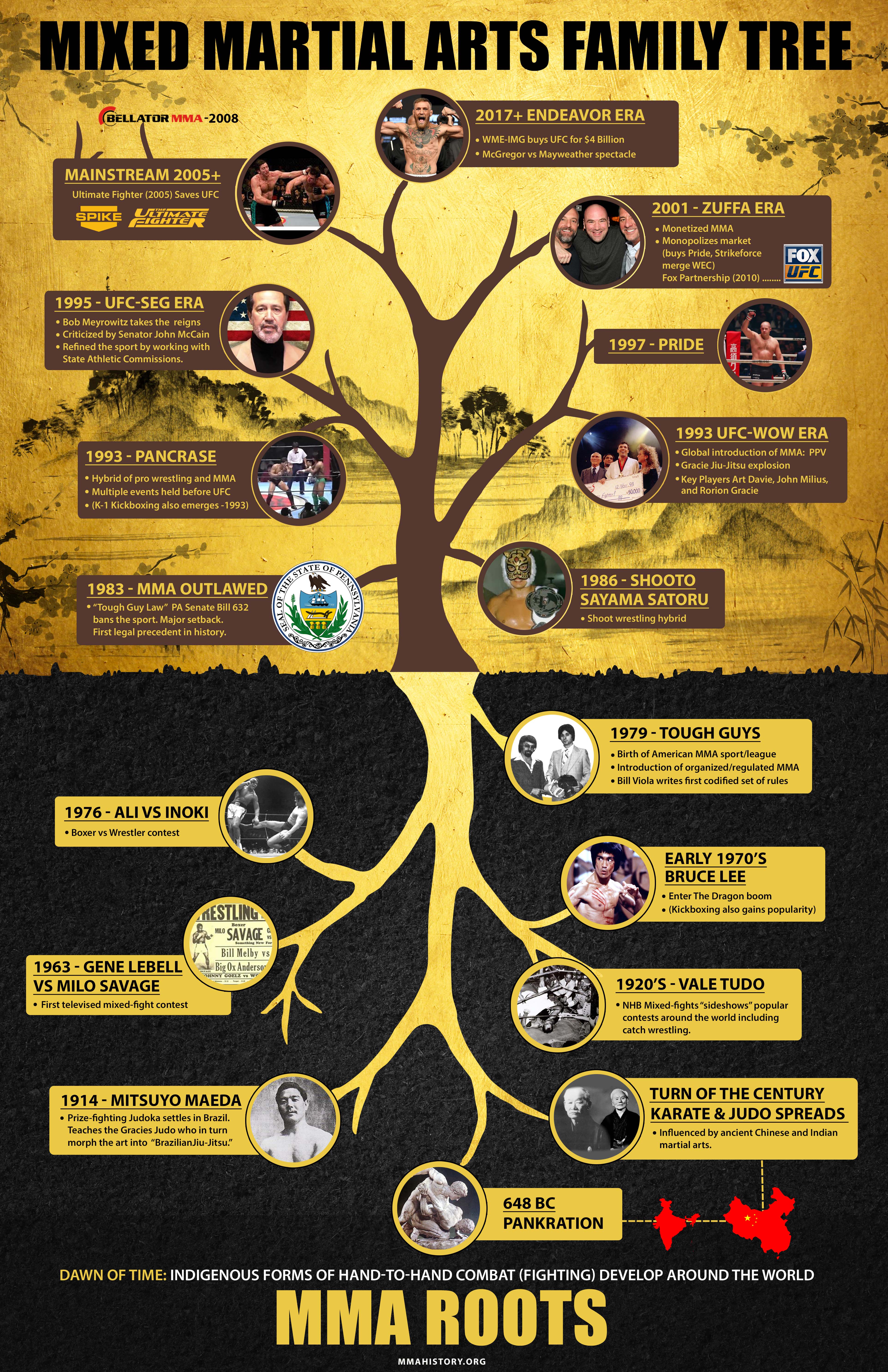The Background And Ideology Of Fighting Style: A Deep Dive
The Background And Ideology Of Fighting Style: A Deep Dive
Blog Article
Material Writer-Rafferty Montoya
Step into the old world where martial arts were substantiated of necessity in diverse areas. Cultures crafted unique battling designs intertwined with historical contexts. Strategies advanced over centuries through committed practice and cultural exchanges. Today, contemporary martial arts blend conventional aspects for maximum effectiveness. Philosophically, martial arts emphasize technique, self-improvement, and consistency. Respect, humility, and balance are fundamental concepts directing practitioners towards development and resilience. Discover the depths of this abundant history and viewpoint to uncover the profound influences shaping this enduring discipline.
Beginnings of Fighting Style
Martial arts originated in numerous areas all over the world, progressing as functional combat systems to prevent threats. These ancient fighting styles were established out of need, with each culture crafting strategies suited to their unique atmospheres and challenges. From https://www.crosstimbersgazette.com/2023/04/14/premier-martial-arts-where-every-student-finds-their-best-self/ grappling arts of Jujutsu in Japan to the striking strategies of Kung Fu in China, martial arts were deeply intertwined with the historical, social, and social textile of their particular societies.
In Japan, the samurai class refined martial arts like Kenjutsu, the art of the sword, which later on evolved right into the more promoted form of Kendo. On the other hand, in Brazil, Capoeira became a mix of dancing and combat, created by enslaved Africans as a way to stand up to fascism. Each martial art carries with it a rich background and approach, mirroring the worths and ideas of individuals who practiced them.
As discover this info here look into the origins of martial arts, you reveal a tapestry of human ingenuity, strength, and the unyielding spirit of warriors throughout time.
Development of Techniques
Via centuries of method and refinement, combat methods within numerous martial arts have undergone an extensive evolution. From old designs like Kung Fu and Martial arts to more contemporary techniques such as Brazilian Jiu-Jitsu and Krav Maga, the development of techniques has actually been driven by a combination of cultural influences, useful applications, and technological advancements.
One significant facet of this advancement is the cross-pollination of methods in between different martial arts. For instance, strategies from traditional Japanese Jiu-Jitsu were integrated right into the development of Judo by Jigoro Kano in the late 19th century. This blending of styles has actually led to the growth of hybrid martial arts like Mixed Martial Arts (MMA), which integrate components of striking, grappling, and submission strategies.
In addition, the advancement of methods has been formed by the increasing focus on efficiency and efficiency in battle. Experts have actually constantly looked for to fine-tune their methods via strenuous training, testing, and competitors, resulting in the advancement of highly specialized and effective fighting designs. Overall, the evolution of techniques in martial arts mirrors the vibrant nature of combat and the recurring mission for improvement and advancement.
Philosophical Structures
Checking out the underlying thoughtful principles of martial arts supplies insight into their core worths and assisting ideas. At the heart of lots of martial arts techniques is the concept of discipline itself. By training karate near me adults and mind to function as one natural system, you grow self-control that prolongs past the dojo or health club right into everyday life. This self-control includes regard, humility, and self-discipline, shaping not simply your physical capacities yet also your personality.
Another essential thoughtful structure in martial arts is the idea of constant self-improvement. The journey of grasping a martial art is endless, with experts constantly making every effort to much better themselves, both physically and mentally. This focus on growth fosters resilience, perseverance, and a development state of mind that can be applied to all elements of life.
Additionally, martial arts highlight the value of consistency and equilibrium. Strategies are developed to make use of an opponent's power against them, highlighting the concept of yielding and rerouting force instead of fulfilling it head-on. This approach encompasses social connections, advertising calm resolutions and good understanding. By accepting these philosophical structures, martial musicians not only improve their combat skills but also grow a lifestyle fixated individual development, respect, and consistency.
Verdict
In conclusion, the history and approach of martial arts use an abundant tapestry of tradition, self-control, and self-improvement.
Take for instance the tale of Bruce Lee, who changed martial arts by mixing various styles and viewpoints to produce his very own distinct type of Jeet Kune Do.
Via commitment and technology, martial musicians remain to push borders and inspire others to reach their complete potential both in battle and in life.
